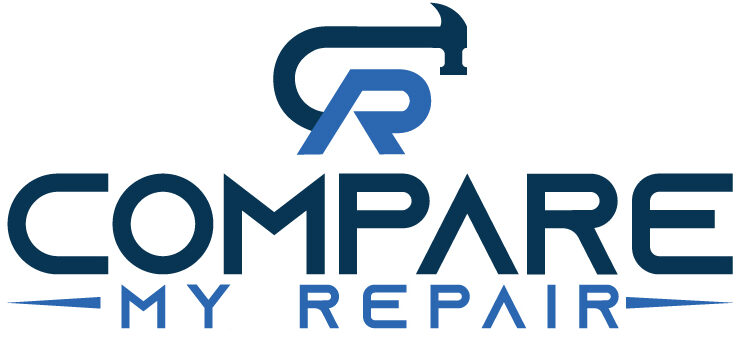Renovating your home’s bathroom can add value, functionality, and style to your living space. Whether you’re looking to update outdated fixtures, create a spa-like retreat, or increase storage space, a bathroom renovation can transform the look and feel of one of the most important rooms in your home. In this ultimate guide, we will walk you through the process of renovating your bathroom, from planning and budgeting to selecting fixtures and finishes, to help you achieve your dream bathroom.
Set Your Goals and Budget: Before diving into the renovation process, determine your goals for the project. Consider what improvements you want to make, whether it’s updating the aesthetics, improving functionality, or both. Additionally, establish a budget for your renovation to ensure you stay on track with your spending and prioritize your expenses accordingly.
Plan the Layout: Evaluate your current bathroom layout and identify any changes you want to make. Consider factors such as the placement of fixtures, the flow of traffic, and the overall functionality of the space. If possible, consult with a professional to help you create an efficient and practical layout that maximizes the available space.
Select Fixtures and Finishes: Choose fixtures and finishes that align with your desired style and functionality. Consider factors such as the type of bathtub or shower, sink and vanity options, toilet styles, lighting fixtures, and flooring materials. Take into account your personal preferences as well as the durability and maintenance requirements of each selection.
Plumbing and Electrical Considerations: If your renovation involves moving or adding fixtures, you may need to make adjustments to the plumbing and electrical systems. Hire professionals to handle any plumbing or electrical work to ensure that it is done safely and up to code.
Flooring and Walls: Select appropriate materials for your bathroom flooring and walls that are both functional and aesthetically pleasing. Options include tiles (ceramic, porcelain, or natural stone), vinyl, or even wood-look flooring. For walls, consider options like tile, beadboard, wainscoting, or paint. Ensure that the chosen materials are suitable for the bathroom environment and can withstand moisture and humidity.
Lighting and Ventilation: Proper lighting and ventilation are essential in a bathroom. Consider a combination of ambient, task, and accent lighting to create a well-lit and inviting space. Install adequate ventilation to prevent mold and mildew growth and to maintain air quality within the bathroom.
Storage Solutions: Maximize storage space in your bathroom by incorporating functional storage solutions. Consider options like built-in cabinets, floating shelves, wall-mounted storage units, or vanity units with drawers and compartments. Aim for a balance between functionality and aesthetics to keep your bathroom clutter-free.
Hire Professionals:
While some DIY enthusiasts may be tempted to tackle a bathroom renovation themselves, it’s often best to hire professionals, especially for complex tasks like plumbing and electrical work. Hiring experienced contractors, designers, or architects can ensure that the renovation is done efficiently, safely, and to a high standard.
Conclusion: Renovating your home’s bathroom can be a rewarding and exciting project. By setting clear goals, planning the layout, selecting the right fixtures and finishes, considering plumbing and electrical requirements, choosing suitable flooring and wall materials, prioritizing lighting and ventilation, incorporating efficient storage solutions, and hiring professionals when needed, you can achieve a successful bathroom renovation. Take the time to carefully plan and make informed decisions to create a beautiful, functional, and comfortable bathroom that meets your needs and enhances your home’s overall value.










